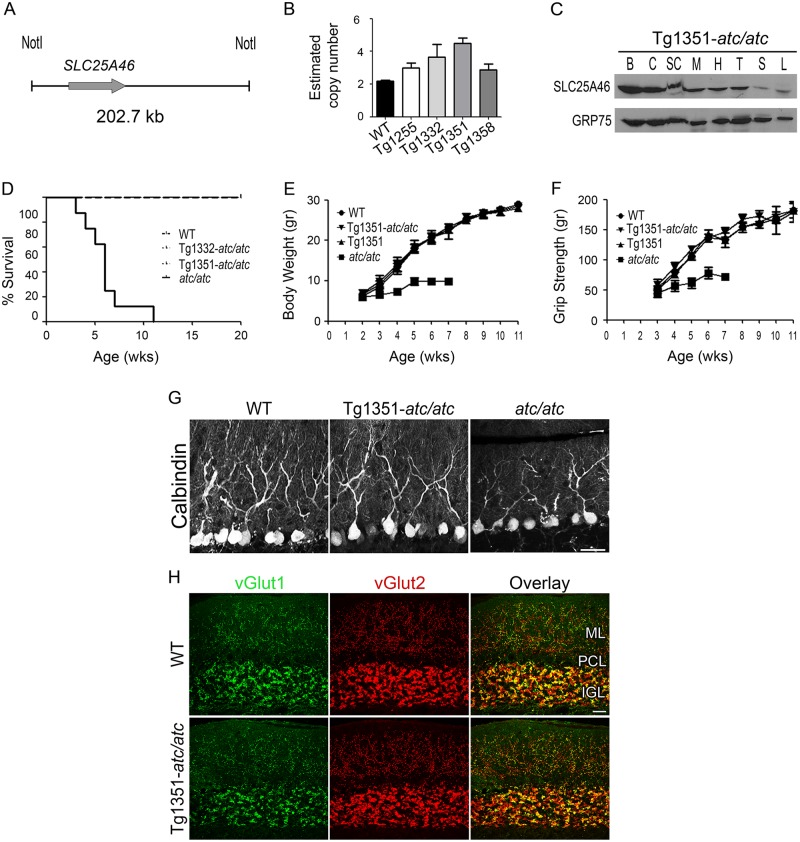Fig 6. Complete rescue of the ataxic phenotype through complementation with the human SLC25A46 gene.
(A) Schematic representation of the NotI digested 202.7Kb genomic fragment used for the generation of TghuSLC25A46 mice. (B) Transgene copy number determination by real-time PCR in four transgenic lines, Tg1255, Tg1332, Tg1351 and Tg1358 (n = 6 per group), compared to the two Slc25a46 copies of the WT mice, using a primer pair common for both mouse and human Slc25a46 genes. (C) Expression pattern of human SLC25A46 on mitochondrial extracts from cerebrum (B), cerebellum (C), spinal cord (SC), muscle (M), heart (H), thymus (T), spleen (S) and liver (L) tissues of TghuSLC25A46/Slc25a46atc/atc mice (Tg1351-atc/atc) through immunoblotting with antibodies against SLC25A46 and the mitochondrial protein GRP75. Complete rescue of (D) premature lethality (n = 8 per group), (E) body weight gain (n = 6 per group) and (F) muscle weakness (n = 6 per group) in atc/atc mice expressing human SLC25A46 (Tg1351-atc/atc). All mice used were sex matched littermates. (G) Confocal images of cerebellar sagittal sections immunostained for calbindin illustrate the restored PC phenotype and ML thickness in transgenic “rescue” Tg1351-atc/atc one-year old mice, as compared to WT and atc/atc mice. (H) Immunofluorescence of vGlut1 and vGlut2 shows normal distribution, in the ML and IGL of the cerebellum of Tg1351-atc/atc mice. Scale bar 40 μm.

